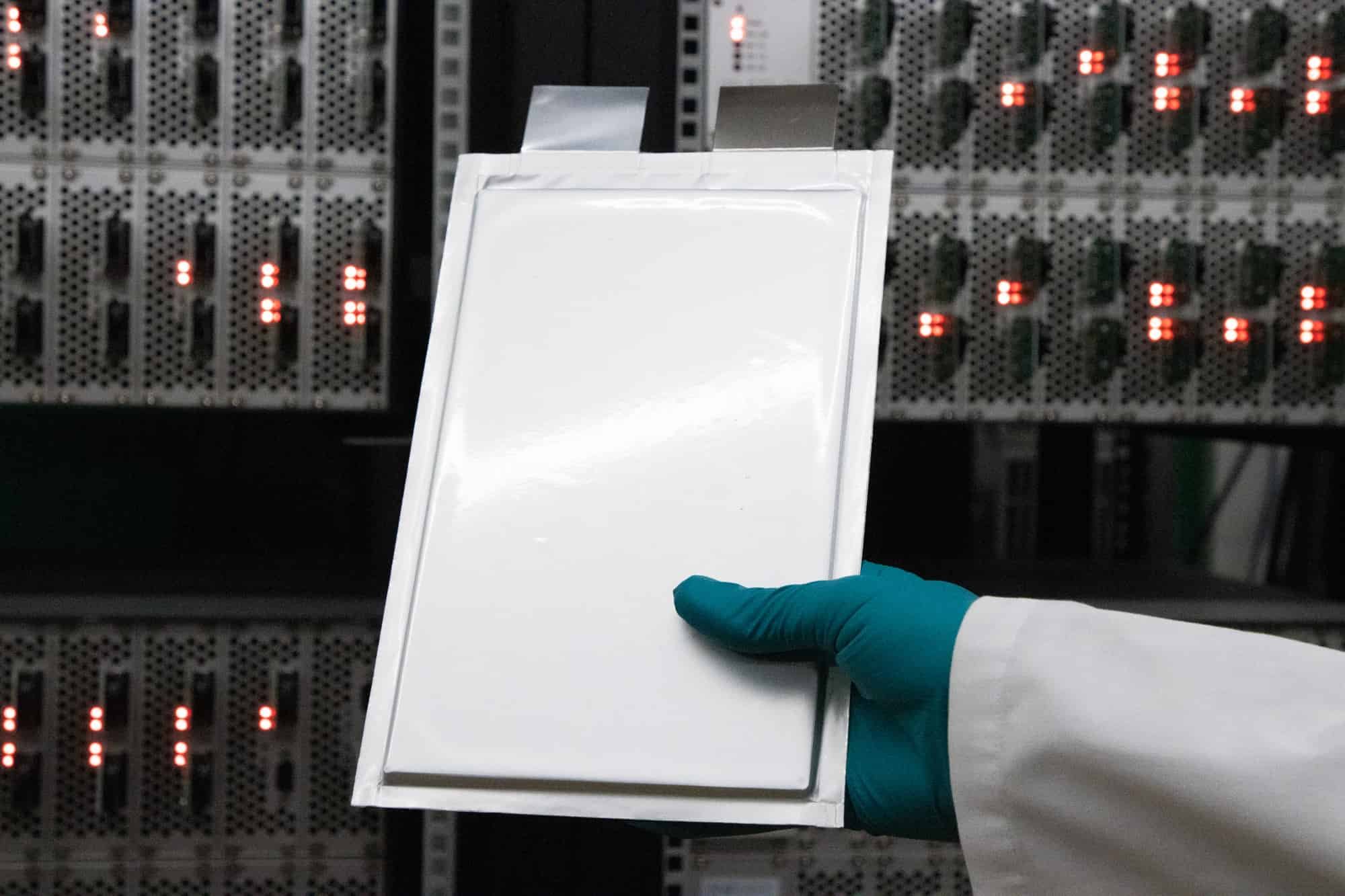
The Catalonia Institute for Energy Research (IREC), in collaboration with CIDETEC Energy Storage and seventeen European partners, has developed a large-format cobalt-free lithium-ion battery prototype. The battery is currently in the pre-commercial phase.
- Spain’s first large-format cobalt-free lithium-ion battery prototype has been developed to eliminate the use of pollutant cobalt and reduce reliance on imported metals.
- The COBRA project is enhancing the prototype’s technology and sustainability, incorporating recycled materials.
- Advanced safety features include a new control system with wireless communication and sensors.
Co-funded with nearly twelve million euros from the European Commission’s Horizon 2020 program, the COBRA project manufactures two hundred cells to assemble a complete battery. This prototype aims to be scalable in the medium term, facilitating the path toward commercialization for manufacturers.
According to the research group, the project’s development stage is rated between levels 5 and 6 on the 9-level Technology Readiness Level (TRL) scale, which assesses the maturity of a technology. A key achievement of this prototype is the elimination of cobalt, a known pollutant, from its manufacturing process.
Durability
“Cobalt makes batteries work with greater durability and faster charging cycles,” says Jordi Jacas, a senior researcher at IREC and project coordinator. To him, replacing this “expensive, toxic metal dependent on African countries” is a big challenge that responds to the shortcomings of electric vehicle batteries.
The innovation developed by researchers from various top European centers has focused on developing a cobalt-free cathode composition. Iratxe de Meatza, a team leader at CIDETEC Energy Storage, noted that while the automotive industry can be slow to adopt new technologies, the COBRA project has enabled the transition of cobalt-free cathode material from the laboratory to semi-industrial-sized cells. This transition allows for the analysis of performance under more realistic conditions, aiming to enhance the charging power and cyclability of the prototype.
Recycled silicon
Faced with the challenge of optimizing each component that makes up the complex battery system, the work developed by the research center based in San Sebastián has led to the discovery of new electrode formulations using recycled silicon from photovoltaic panels. This aligns with the levels demanded by Europe in terms of recycling and sustainability.
The head of the project at IREC promises a recycling rate of between 90 and 95% for the components that make up the cell while increasing the safety levels of the entire value chain. This includes improvements in the components, the electrochemical cells, the control systems equipped with sensors, and the final assembly of the battery pack.
Advanced safety features, including a new control system with wireless communication and sensors, are being integrated to improve the efficiency and safety of the battery.

